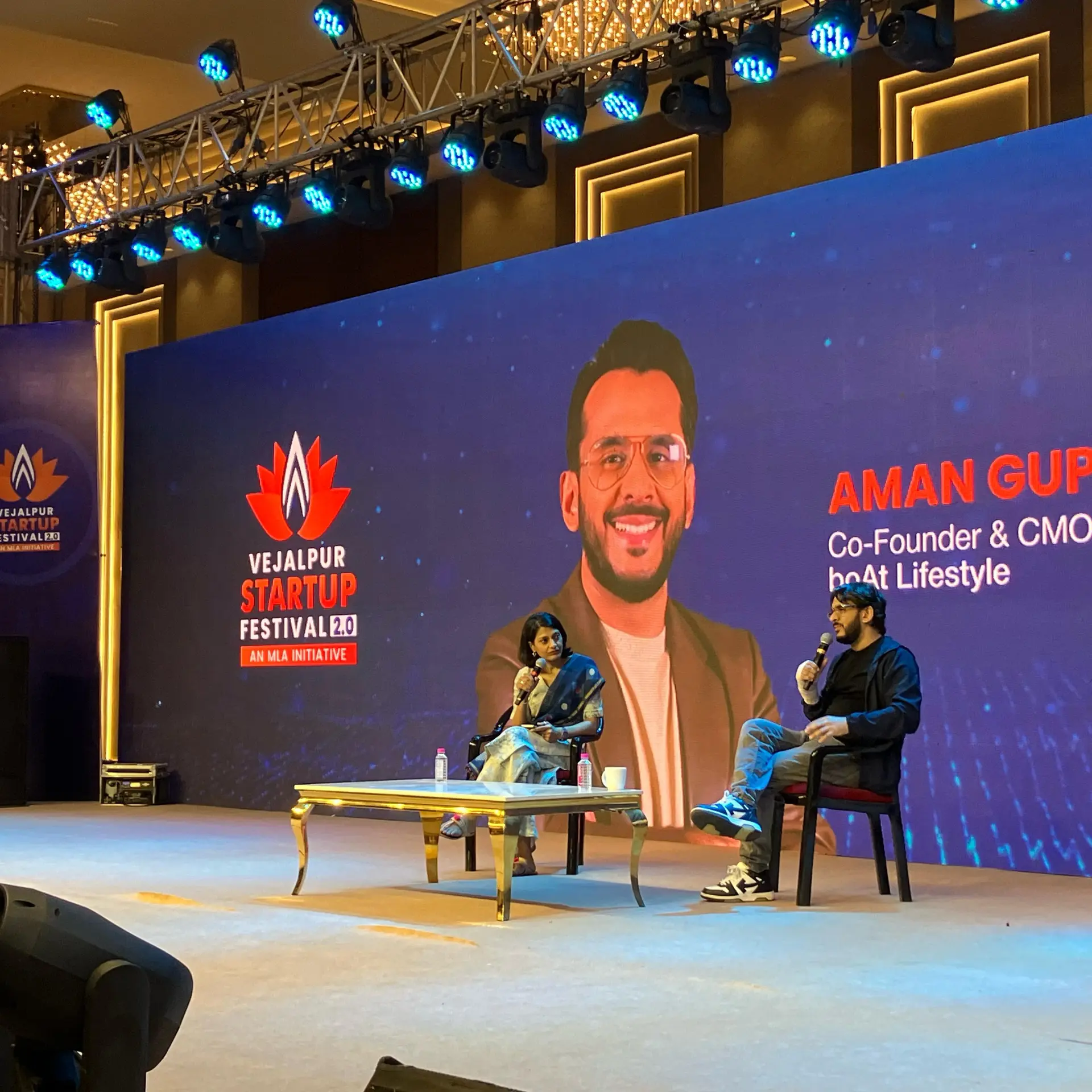4 essentials of an effective app marketing strategy
These elements will lead to user growth when your app solves a pain point for the user, the premise being you’ve built an app your users actually want.

Mobile users spend 86 percent of their time on apps, reports Adweek. However, 62 percent of users will use an app less than 11 times while nearly one in every four people abandon mobile apps after only one use, reports Localytics.
These statistics indicate mobile marketing as being a tricky business with fierce competition, overcrowded keywords and flight users.
In this article, I highlight the four essentials of an effective app marketing strategy to scale the number of app users.
The most important thing to note here is that all these elements will lead to user growth when your app solves a pain point for the user, the premise being you’ve built an app your users actually want.
#1. Create a landing page - The two reasons why you need a landing page are:
- To direct the web visitor to your app on the app store
- To capture the email address of a visitor or user to keep them engaged and to grow an organic database
Keep testing the components of the landing page, such as the headline, page copy, visuals, colours and the CTA (Call-to-Action), which plays an important role in holding a visitors’ attention.
Using this, test the offer you’re using to capture the user’s email address – it could be a free e-book or a guide, email course or information regarding the future updates. Find out the incentives driving maximum conversions.
The landing page can have the following elements:
- Screenshots of the upcoming app
- Promo video
- Social media share buttons
- Blogs published
- Email signup form
For example, Harry’s Shave Club managed to gather nearly 100,000 emails from people eager to learn more about Harry’s, owing to a week-long prelaunch referral campaign.

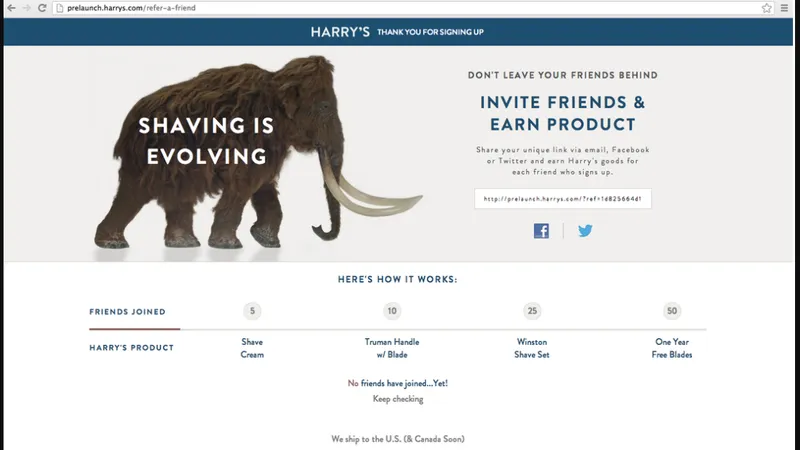
The men’s grooming brand collected email addresses on its home page from users who were interested in knowing about the product launch. After they entered their email address, the ‘thank you’ page had links to Facebook and Twitter to refer their friends to sign up. The incentive was a free product. The more friends they referred to, the more free products they earned.
#2. Content marketing – The different kinds of content used in mobile app marketing are:
- App store listing – The content in the app store listing includes your app description, app images and the app video.
When someone stumbles across your app, they already have a need. They saw your ad while using other mobile apps and thought of investigating the app further. Or they might be merely surfing the app store. Clicking on your app is an indication that they’re interested in your offering and want to learn more.
Now that you know the visitor is already engaged, which from the two options looks more engaging?
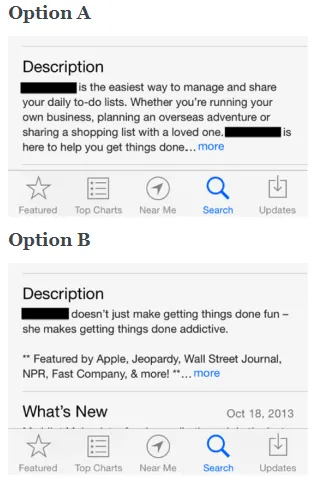
I’m not going to elaborate why option B is more appealing than option A. What I would weigh on more here is that the content matters; effective use of content within the app store listing can lead to more installs.
- Pre-launch content – Here’s a scary fact – Only 40 percent of mobile users search for apps in the app store.
You’ll have to go where your users are and engage them with effective content. Consider the following components if you are yet to build the content marketing strategy for your app:
- Landing page copy
- Teaser content or videos
- Insightful articles
In-app content – Along with creating content outside of your app, give equal attention to in-app content to increase the odds of customer success.
Suppose you have a to-do app which lets users take notes on-the-go. You offer different note-taking methods such as voice recording or text input as well as organising the notes.
Letting the new user figure out the working of the app may result in confusion. Content in the form of in-app messaging, on-boarding videos and push notifications will help a new user successfully learn the app quickly to become a part of their routine.
#3. Email marketing - Noah Kagan built a seven-figure business using email marketing.
When it comes to email marketing, you need to look away from directly acquiring customers to acquiring, engaging and nurturing leads.
Your goal would be to build a strong following that trusts you, wants to hear more from you and expects you to guide them in the right direction when it comes to choosing the product or service best suited for them. They will listen to you when you talk about how your product or service benefits them.
Here are the three ways to get started:
- Collect email addresses – Find ways in which your users would share their email address with you. For instance, a free demo, a free consultation or an e-book.
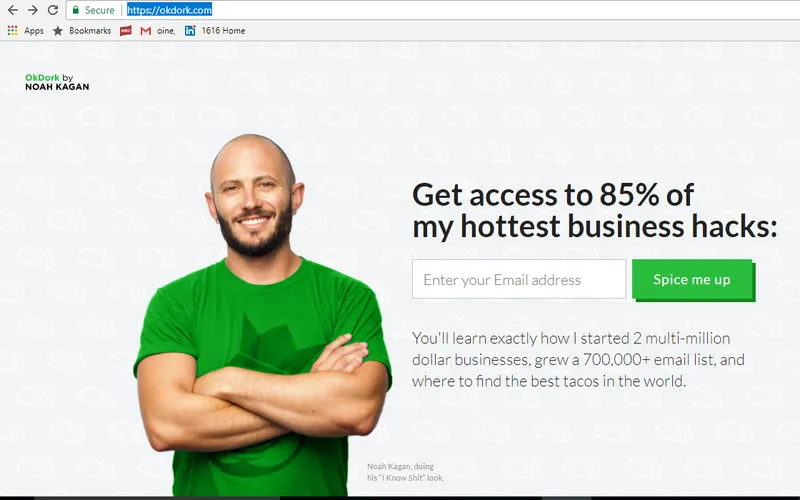
The other way to go about is to export the email addresses of your LinkedIn contacts.
- Boost email signups – Optimise the pages that receive the highest traffic on your website and add a lead capture form there. OkDork placed an email opt-in right on his blog page.
#4. App localisation
App localisation means to translate the language of your app as well as other elements such as keywords, description, icons, visuals – videos and images, keywords and the name of the app to be the right fit for your target audience.
Eighty-six percent of localised app marketing campaigns outperform their English language mobile marketing campaigns, both in terms of conversions and click-through rates, reports Appia.
This means it is naïve to think that users worldwide only search for apps in English. In fact, 75 percent of customers prefer purchasing products in their native language, reports Can’t Read, Won’t Buy.
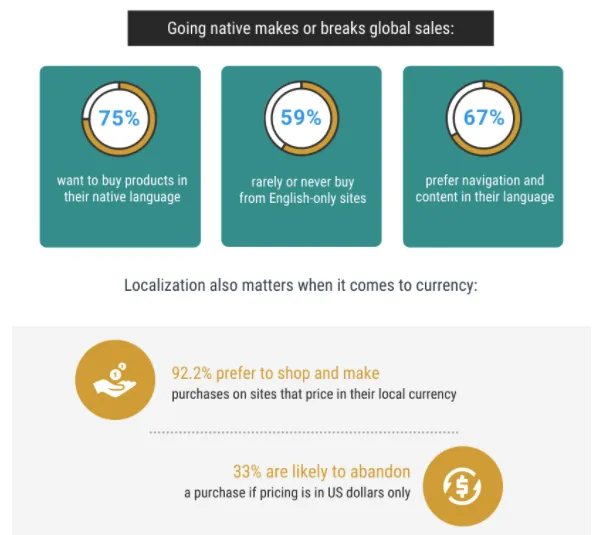
Start with identifying the appropriate countries and geographies where your target audience reside. Then on, localise the design, UX/UI and the name to fit the particular culture.
Evernote entered the Chinese market in 2012. Its name was changed to Yinxiang Biji (Memory Note) – based on the actual function of the app. The result – within a year, Evernote reached four million users! While naming the app for the particular country, ensure the meaning remains the same.
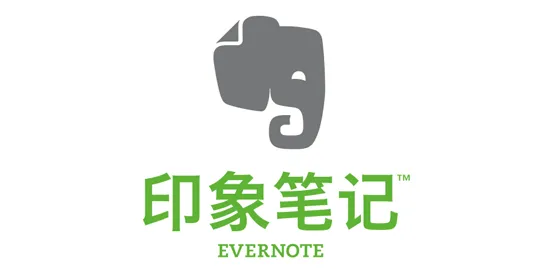
Additionally, if you plan to enter a multilingual country such as India, your app platform should support all languages of that region.
If your app supports English, Chinese and Spanish, you’re already reaching out to 45 percent of the global users.
Don’t forget to localise the metadata of the app for different app store languages. Here is an infographic explaining this point in detail.

In conclusion, the best way to get the word out about your mobile app is by focusing on the marketing strategy that works the best for you.
(Disclaimer: The views and opinions expressed in this article are those of the author and do not necessarily reflect the views of YourStory.)






